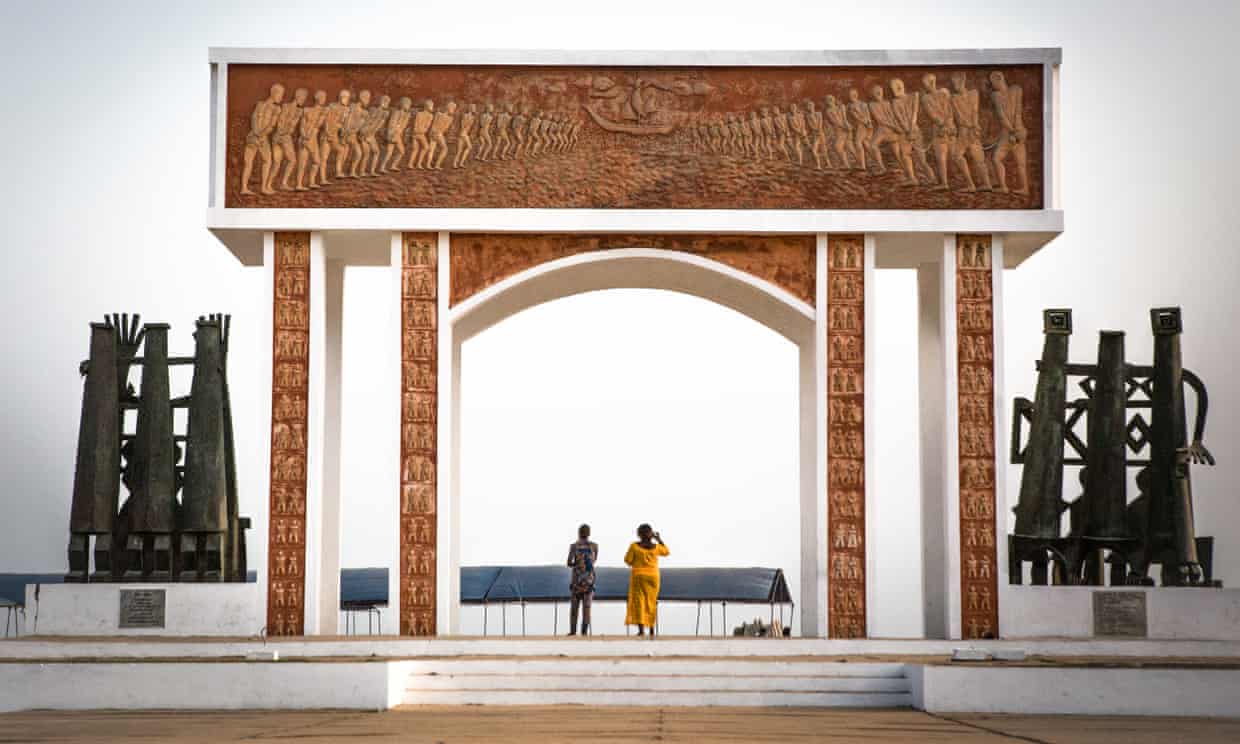Exclusive: Evidence found by Hannah Durkin includes ships landing in Cuba in 1872, and people held in Benin in 1873
Historians have generally assumed that the transatlantic slave trade ended in 1867, but it actually continued into the following decade, according to new research.
Dr Hannah Durkin, an historian and former Newcastle University lecturer, has unearthed evidence that two slave ships landed in Cuba in 1872. One vessel, flying the Portuguese flag, had 200 captives aged from 10 to 40, and the second is believed to have been a US ship with 630 prisoners packed into its hold.
Durkin said she found references in US newspapers from that year to the landings of these ships. “It shows how recently the slave trade ended. The thefts of people’s lives have been written out of history and haven’t been recorded.”
Other newly discovered evidence includes an 1872 Hansard parliamentary record of a British politician challenging “assurances of the Spanish government that there had been no importation of slaves into Cuba of late years”.
Durkin said that, while Spain officially ended its slave trade in 1867, she had come across an account by the explorer Sir Henry Morton Stanley, who had travelled to Benin and visited the slave port of Ouidah in 1873. He wrote of seeing 300 people locked in a barracoon, a slave pen, and noted that two slave ships had recently sailed from that port.
Ouidah was the second-most important slave port in the whole of Africa, behind only Luanda, in Angola, Durkin said. “The region bore the European nickname ‘Slave coast’ for the vast numbers of people that were forcibly displaced from there between the mid-17th and mid-19th centuries. Almost 2 million people, around one in six of all enslaved people sent to the Americas, are estimated to have been transported from the Bight of Benin.”
Although Stanley’s account had appeared in the New York Herald at the time, Durkin said it was another overlooked key piece of evidence that she unearthed. There had been rumours of later trade but this evidence supported findings by Cuban historians that trafficking continued into the 1870s.
Recently digitised newspapers of the 19th century had been particularly revealing, she said: “Historians haven’t easily been able to consult those sources before, which is one reason why I was able to find so much.”
The research will feature in her forthcoming book, Survivors: The Lost Stories of the Last Captives of the Atlantic Slave Trade. Drawing on previously unseen archival material, it tells the story of the Clotilda, the last US ship of the Atlantic slave trade.
She has identified most of the Clotilda’s 110 captives for the first time and tracked down their descendants. One of them had a previously unpublished 1984 interview with the grandson of Amey Greenwood Phillips that her family had kept. She had been a teenager when she was enslaved and put to work on an Alabama plantation.
Durkin said: “Amey’s enslaver was a man named Greenwood. According to her grandson Percy Phillip Marino, Amey’s enslaver was a ‘good man’, but he hired out Amey to unidentified enslavers in another state who beat her. He retrieved Amey when he learned of the abuse, but the scars on her legs never healed.”
Others told Durkin of the sexual violence to which their ancestors had been subjected. She found an account of a woman who had been enslaved at the age of 13. The horrors she endured included being made to sleep with African-American and Native American men so that she would have children – who could also be enslaved.
Durkin said: “There’s a lot of evidence of a system in which the enslavers wanted to produce small enslaved children because that would make them richer.
“Whether it’s sugar plantations of Cuba or the cotton plantations of the US south, wherever slavery took place, it was a barbaric system that completely dehumanised people.”
Durkin’s research found that almost all the Clotilda survivors were Yoruba speakers from the same town in present-day south-west Nigeria, challenging previous conclusions that they were from a variety of locations in Benin and Nigeria.
Survivors: The Lost Stories of the Last Captives of the Atlantic Slave Trade will be published by William Collins on 18 January
